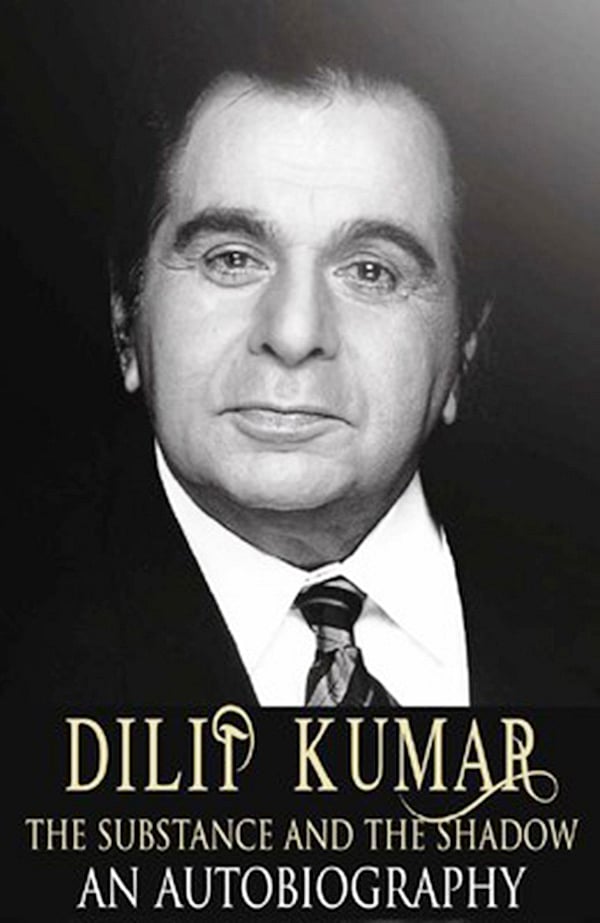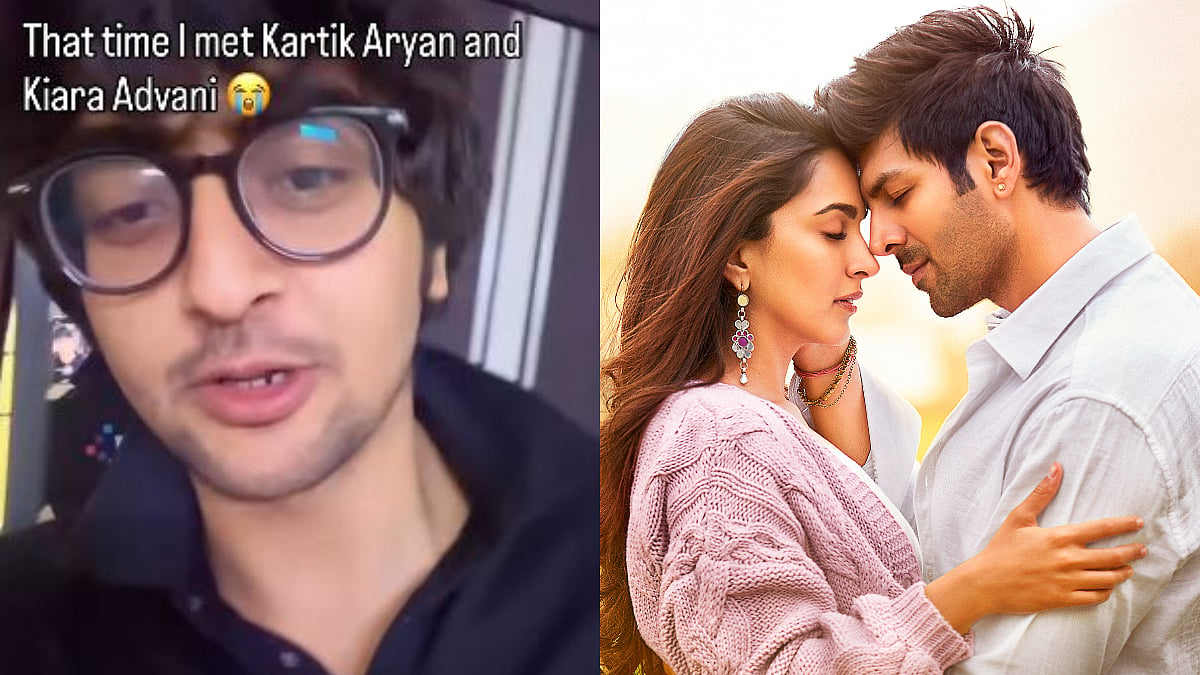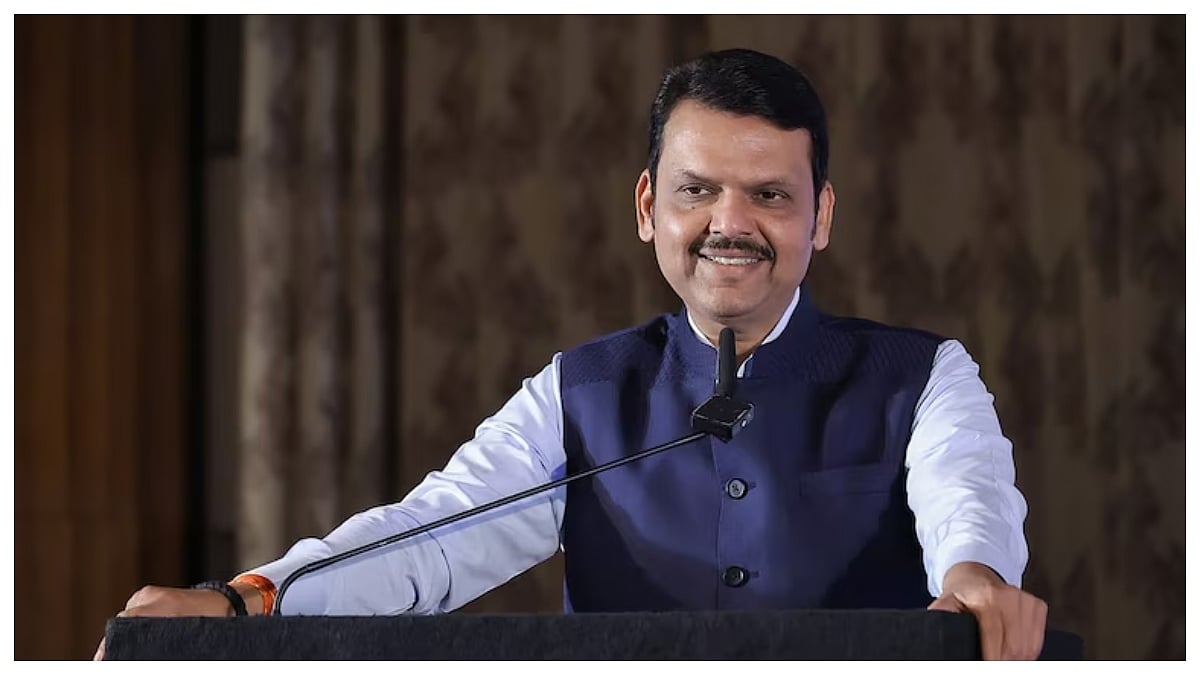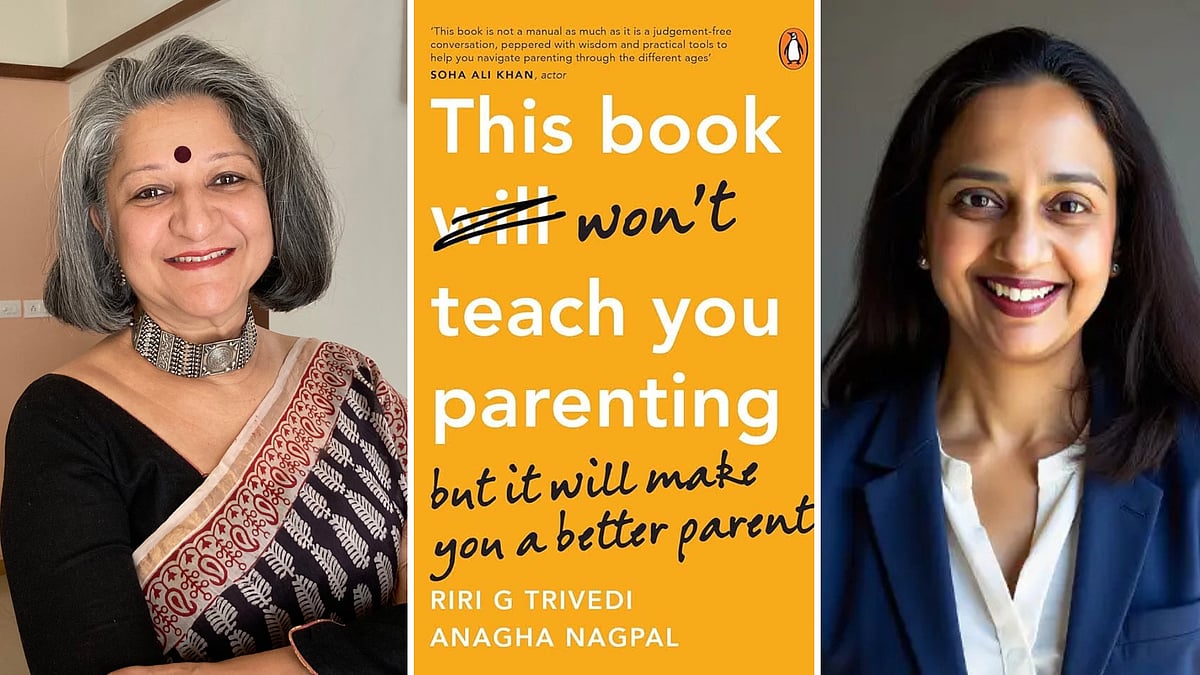An authentic, heartfelt and compelling narrative – straight from the horse’s mouth – that reveals for the first time numerous unknown aspects of the life the greatest legends of all time.
Dilip Kumar:
The Substance and
The Shadow
Dilip Kumar
Hayhouse
Pages: 456;
Price: Rs 699
Dilip Kumar is a Legend who single-handedly redefined acting in role after role. Who can forget the intensity of Devdas, the insouciance of Gunga, the irreverence of Shyam and the romantic heights of Prince Salim? It is noteworthy that he went to no school of acting but evolved his own “Method Acting”. Some of his classics are Shaheed, Andaz, Devdas, Gunga Jumna, Kohinoor and Mughal-e-Azam. Each person has his own list of favourites. He has many prestigious awards to his credit, bagging the Filmfare Best Actor award eight times. He was awarded the Padma Bhushan and Dadasaheb Phalke awards. The Pakistan government accorded him Nishan-e-Imtiaz, their highest civilian honour.
This book is the story of the inspiring journey of a simple youth named Yousuf Khan, son of a well-to-do fruit merchant of Peshawar and his flight to heights of glory, becoming one of India’s superstar and carving a niche for himself in World Cinema. His first film was “Jwar Bhata” when he was only twenty-two years young.
From the very beginning he learnt the art of management. He would choose ideas and concepts for scripts with potential to enthrall and delight viewers and become blockbusters. He selected subjects that would retain freshness and appeal to audiences even decades later. He would act in one film only at a time. He declared, “I strongly subscribe to the belief that an actor should be aware and conscious of his social responsibility and contribute as much as he can to build the character of his admirer who looks up to him and derives inspiration from his work and personality.”
Yousuf Khan was born in Peshawar on a day when there was a major fire in their locality. It was quite a struggle to get a mid-wife. A fakir predicted, “This child is made for great fame and unparalleled achievements.” His Dadi believed in the prediction and to ward of the evil eye gave the boy an ugly appearance — which made him a butt of ridicule in school. “It was the pain I endured as the alienated child in school that surfaced from my subconscious when I was playing the early tragic roles in my career and I had to express the deep mental agony of those characters.”
The family moved to Bombay and stayed near Crawford Market and Yousuf joined Anjuman Islam High School. Since his brother Ayub had a respiratory ailment the family shifted to Deolali and here Yousuf joined Barnes School where he learnt English and Soccer. They came back to Bombay and Yousuf enrolled in Khalsa College; here he became friend of Raj Kapoor.
Following a slight tiff with his father, Yousuf ran away to Poona and found a job as Assistant Manager in a Club frequented by British military Officers. This interlude is recounted very charmingly. Back in Bombay, a casual meeting with Dr. Masani, a psychologist, led to his being taken to Bombay Talkies in Malad and being introduced to the phenomenal Devika Rani who offered him his first assignment as an actor on a monthly salary of Rs 1,250. The year was 1942 and Yousuf was 20. The very next day Yousuf was introduced to Ashok Kumar. Here he met his College friend Raj Kapoor.
“Bombay Talkies”, he said, “was the best thing that happened to me in that juncture in my life.” Devika Rani told him that he should have a screen name. “I thought ‘Dilip Kumar’ was a fine name.” So it became Dilip Kumar and the first film “Jwar Bhata” directed by Amiya Chakraborthy. Dilip’s formative years were influenced by Ashok Kumar and S. Mukherjee.
Dilip acted with almost all the leading ladies. Questions were asked about his love for Madhubala. He declared, “I must admit that I was attracted to her both as a fine co-star and as a person who had some of the attributes I hoped to find in a woman at that age and time…” It did not go beyond that. “The classic scene in Mughal-e-Azam — with the feather coming between our lips — which set a million imaginations on fire, was shot when we had completely stopped even greeting each other.” Dilip took a five year holiday from acting and returned with greater vigour with films like Kranti, Shakti, Vidhaata, Mashaal, etc.
Two important events in Dilip’s life are worth recounting. One was his being roped in to help in the election of V.K.Krishna Menon in one of the highly contested elections. Another was Dilip’s role in the formation of the Nehru Centre with the help of Rajni Patel. The book has 100 pages of tributes by 40 odd persons which proves jarring as it is full of repetition about the great actor. This is an outstanding book on Dilip and his films.
P.P. Ramachandran









